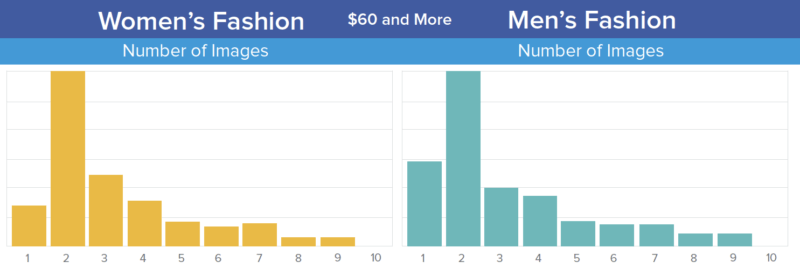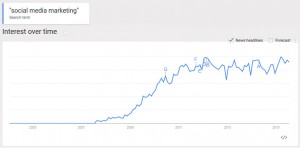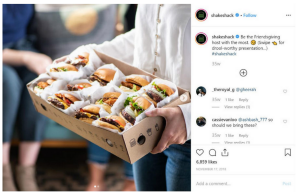Driving sales requires moving beyond product shots and giving consumers a deeper context throughout the product page.
For select consumer product categories, Amazon, while imposing, isn’t the kind of category dominator that makes or breaks a brand’s e-commerce fortunes by themselves. Fashion is one such category. Despite 27.4 percent of U.S. apparel being purchased online in 2017, an array of niche retailers (e.g., The Children’s Place) and D2C companies (e.g., MeUndies) are collectively driving a large share of this category’s online sales. Amazon is, of course, angling to increase its share. Last year, the retailer invested heavily in tweaking and expanding its Prime Wardrobe service, while also broadening its array of in-house clothing brands, among other initiatives.
But fashion marketers take note: Best-selling apparel products on Amazon have product page content that is more robust than top-selling products across other verticals. The e-commerce landscape for apparel is incredibly competitive both inside and outside of Amazon. The lessons learned from the top performers in this present vertical brands in any category with a window into how their marketplaces will likely shift in the face of increased competition.
The data behind this analysis is from the latest benchmark report released as part of my work at Salsify. We studied 89,000 clothing product pages live on Amazon between May 1 and Aug. 1, 2018, segmenting based on the secondary category of “men” or “women” and specific price increments, to better highlight specific takeaways. Within each price/gender segment, we calculated averages across metrics like image count, description length, etc., among top-selling products (those in the top 10 percent of sales rank), and poor-selling products (those in the bottom 10 percent of sales rank).
A Plus usage varies dramatically…and top sellers use it more frequently
One major highlight was that across genders and price points, top-selling products are using Amazon’s A Plus content 18 percent to 36 percent of the time. Those usage rates far exceed those of poor-performing products, which never surpassed 4.4 percent across any segment, and often tallied under 1 percent. To underscore the significance of how fashion brands have jumped on A Plus, that top-selling range for fashion was much higher than electronics products on Amazon across comparable price points.

Keep in mind that for a consumer to view A Plus content, they have to take the time to scroll a fair distance down the page, indicating a high degree of consideration. The fact that usage rates of A Plus content were so much higher amongst top-performing products showcases how consumers are looking for a rich, deep experience to pull the trigger on a clothing purchase online.
Review counts over star ratings
For any considered purchase, and clothing is no exception, consumers do not want to be “guinea pigs,” particularly online where, compared to going into a store, there is a possibility of receiving a product that is counterfeit or different from what’s being displayed on the product page. Trust is incredibly important in the minds of consumers, and online has pushed their expectations here to higher and higher levels. Average review counts for top-selling fashion products on Amazon ranged between 225.9 and 613.2. For comparison, average review counts for poor-performing products never surpass 48.1, and at higher price points, stayed in the single digits.
To this end, review counts need to be what brands focus on. Overall star ratings, provided they are around a 4.0 average, without those high review counts will not separate you from the pack. Average ratings for top-selling fashion products were between 4.1 and 4.2, but poor performing products were not that far behind at 3.7 and 4.0.
Going beyond the product shot is what drives sales on Amazon
Fashion is the first product category out of the six we’ve already studied where a plurality of products at higher price ranges have more than one image. Brands simply can’t count on above-the-fold product shots alone winning them sales over competitors.

Male and female consumers are buying apparel online based on deeper elements down the page. In general, top-performing fashion products on Amazon are giving consumers easy access to fit and material details within the photos and bullets, then driving home the sale with romance copy and Amazon’s A Plus content below the fold.
For any brand selling on Amazon, it’s worth getting out ahead of consumer expectations to maintain conversion rates and your market position. Even three years ago, consumer expectations on Amazon weren’t anywhere near what they are today in terms of the number of reviews and content. What’s working for driving sales on more considered products today, like going beyond product shots and giving consumers deeper context throughout the product page, should be taken to heart by brands operating across less-considered verticals.
Opinions expressed in this article are those of the guest author and not necessarily Marketing Land. Staff authors are listed here.
Marketing Land – Internet Marketing News, Strategies & Tips
(30)









